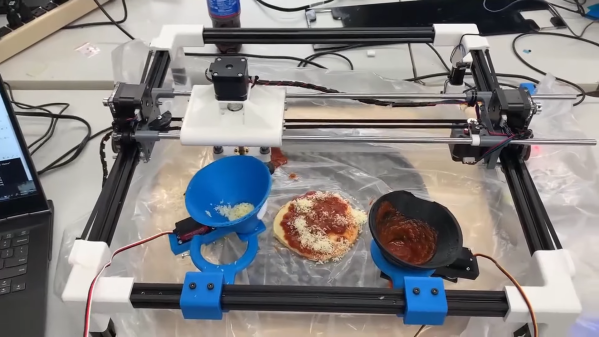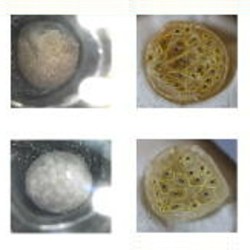Right up front, we’ll say that [likeablob]’s pizza-faced clock gives us mixed feelings about our AI-powered future. On the one hand, if that’s Stable Diffusion’s idea of what a pizza looks like, then it should be pretty easy to slip the virtual chains these algorithms no doubt have in store for us. Then again, if they do manage to snare us and this ends up on the menu, we’ll pray for a mercifully quick end to the suffering.
The idea is pretty simple; the clock’s face is an empty pizza pan that fills with pretend pizza as the day builds to noon, whereupon pizza is removed until midnight when the whole thing starts again. The pizza images are generated by a two-stage algorithm using Stable Diffusion 1.5, and tend to favor suspiciously uncooked whole basil sprigs along with weird pepperoni slices and Dali-esque globs of cheese. Everything runs on a Raspberry Pi Zero W, with the results displayed on a 4″ diameter LCD with an HDMI adapter. Alternatively, you can just hit the web app and have a pizza clock on your desktop. If pizza isn’t your thing, fear not — other food and non-food images are possible, limited only by Stable Diffusion’s apparently quite limited imagination.
As clocks go, this one is pretty unique. But we’re used to seeing unusual clocks around here, from another food-centric timepiece to a clock that knits.


















